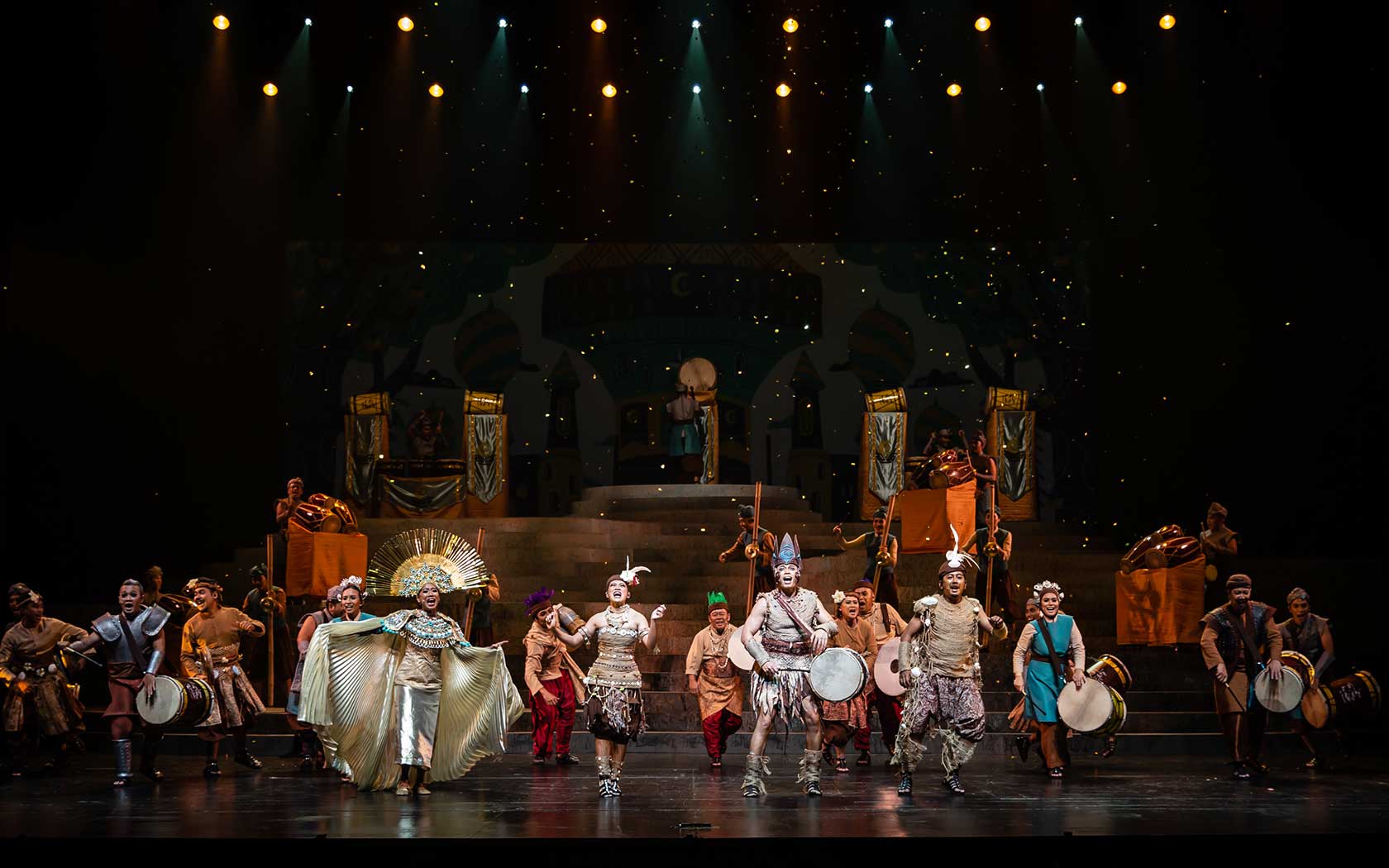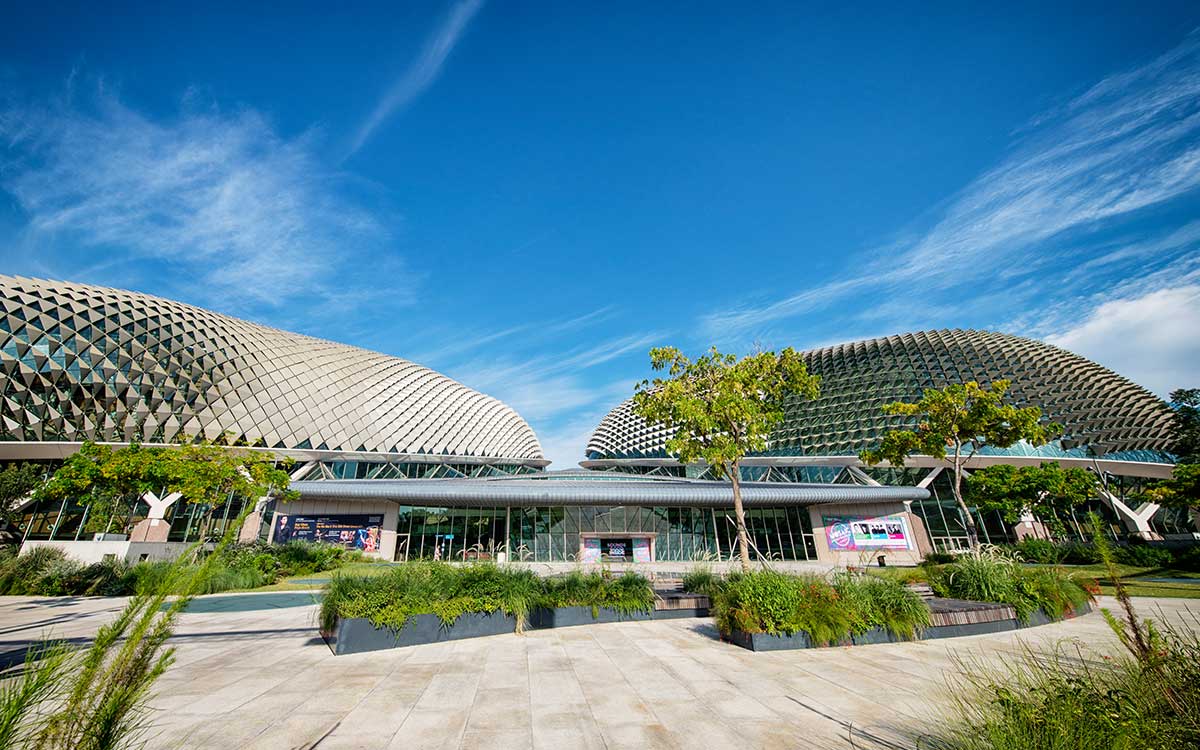We use cookies to improve your experience on our site. To find out more, read our data protection and cookie policy. By using our site, you agree to our use of cookies. Close to continue browsing.
Esplanade Presents
Sampradaya Namasankeerthanam: Invocation of the Name
4 Apr 2025, Fri, 7.30pm
(Intermission: None)
Esplanade Concourse
This event is over.

This event is over.
The act of singing the name of God, or namasankeerthanam, is a vibrant form of musical worship that took root in southernIndia around two hundred years ago. The tradition is linked to kirtanam (the Sanskrit verb of kirtan), an earlier practice from the north that glorifies and describes the attributes of Hindu deities through chant and song.
In namasankeerthanam, a spirited congregation gathers, seated on the floor, led by a singer who calls out the name of their deity in short, melodic phrases. The devotees respond, singing the name back while clapping their hands to the beat of the mridangam (double-headed drum) and kartal (brass hand-cymbals) in a call-and-response format. Through this repetition of the divine name, the consciousness of the worshippers melds together, creating a profound spiritual connection.
This communal practice typically occurs on special occasions in the Hindu lunar calendar or on significant days dedicated to their religious leader or guru. Namasankeerthanam is also sung in processions, where worshippers travel on foot proclaiming sacred names, or by lone ascetics who sing as they seek alms for sustenance.
The melodies and lyrics, which revolve around invoking the deity’s name, are intentionally simple, allowing all devotees to participate regardless of their musical abilities. The belief is that in this era of Kaliyuga, characterised by vice and spiritual decline, the sincere recitation of the deity’s name serves as a powerful expression of devotion and a means of seeking salvation. The practice of namasankeerthanam thus allows worldly miseries and worries to fade away.
While the songs inviteparticipation from everyone, worship leaders are often formally trained in classical Carnatic vocals. In recent times, the practice has evolved into more performative presentations. From humble tents and function halls in temples, namasankeerthanam has now graced larger auditoriums that can accommodate thousands of devotees. Occasionally, a percussion solo showcasing the virtuosity of the mridangam or tabla player—a feature of carnatic concerts—is also incorporated. Nonetheless, the essence of the practice remains deeply devotional, aiming to bring worshippers closer to the divine regardless of format.
At this year’s edition of A Tapestry of Sacred Music, prominent torchbearers of this form of worship, Sri Rajaraman Iyer and Party, will perform two sets of namasankeerthanam. The first will feature the songs dedicated to various Hindu gods, while the second set will focus on devotional songs for Vishnu, one of the principal deities of Hinduism.
4 Apr 2025, Fri
7.30pm


Become a member

Great arts experiences begin with Esplanade&Me. Join this membership to enjoy ticket specials on shows at Esplanade, early bird specials, promotions at Esplanade Mall, unlimited access to Offstage and more.

Never miss a show again. Get on our mailing list.
- Sampradaya Namasankeerthanam: Invocation of the Name










